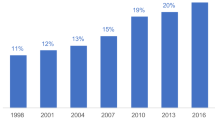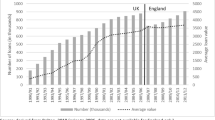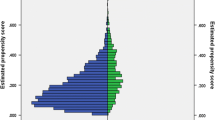Abstract
Recent discussions of student loan policy ignore the the relationship between risk and social class. Students with weaker academic records and more modest family resources are at higher risk of failing to complete their studies and of being unable to repay their loans. Thus, those who study at for-profit institutions, which enroll large shares of high-risk students, are especially likely to be delinquent in repaying loans. In general, loan defaults are highest among former students with modest loan balances who did not complete degree programs. Yet many policy proposals focus on borrowers with higher balances whose greater academic credentials and higher incomes make it less difficult for them to repay their loans. These proposals are popular because they offer immediate relief while pushing the substantial costs of repayment onto future taxpayers.
Similar content being viewed by others
Author information
Authors and Affiliations
Corresponding author
Rights and permissions
About this article
Cite this article
Best, J., Best, E. The Shifting Landscape for Student Loans. Soc 53, 51–55 (2016). https://doi.org/10.1007/s12115-015-9972-5
Published:
Issue Date:
DOI: https://doi.org/10.1007/s12115-015-9972-5




